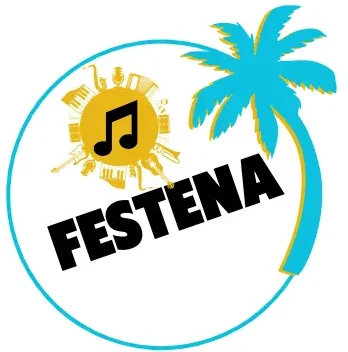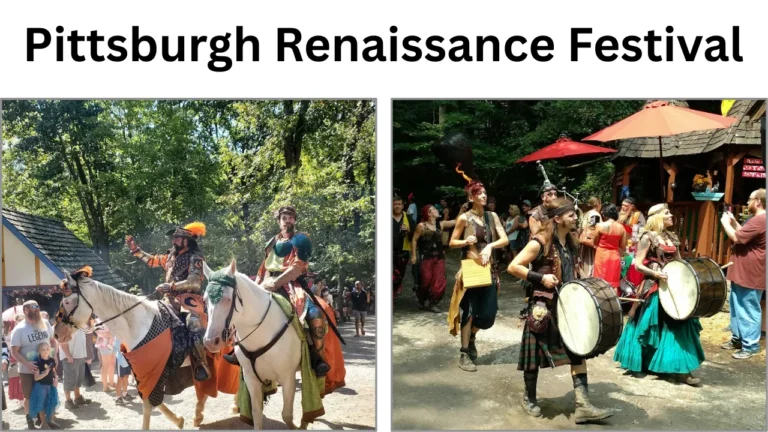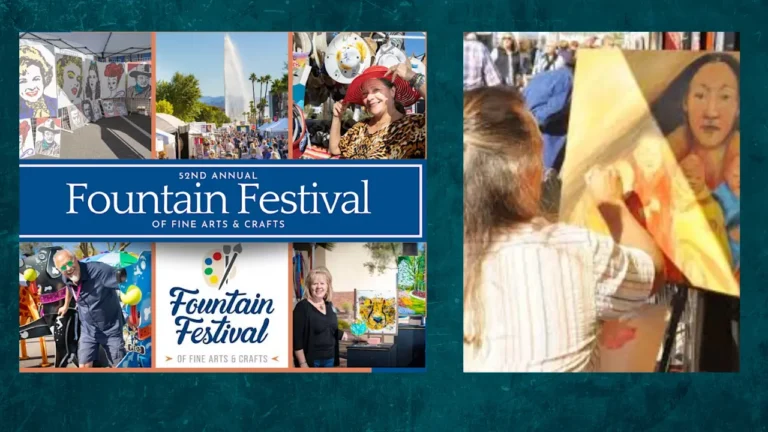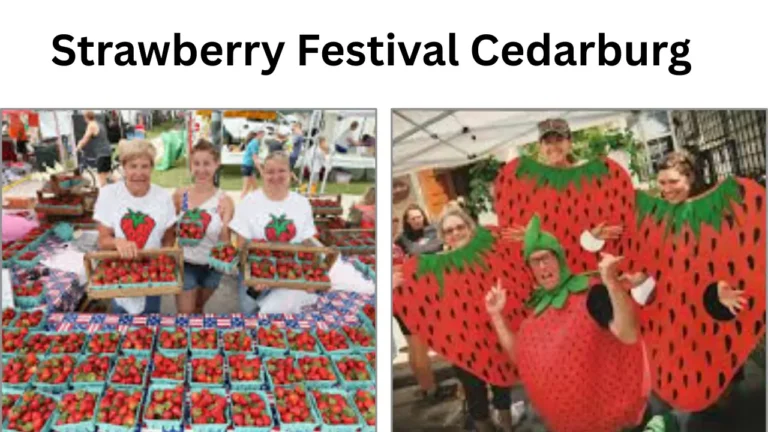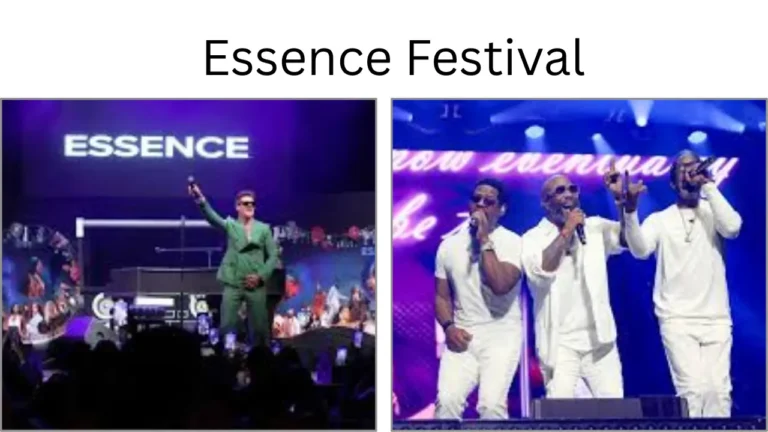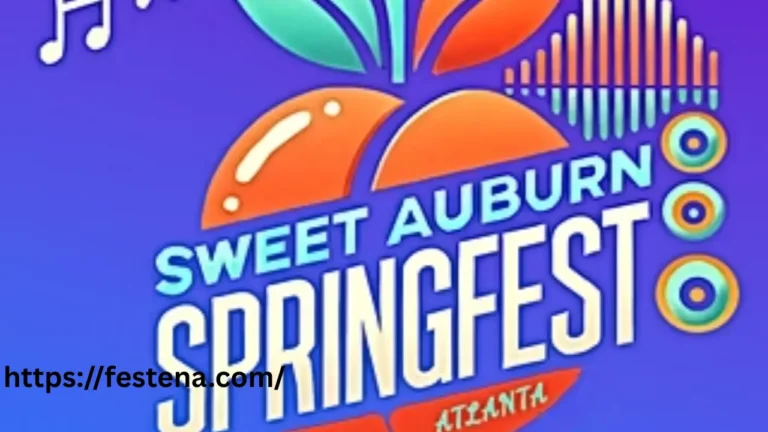Chicago Blues Festival Date Time Location and Artists
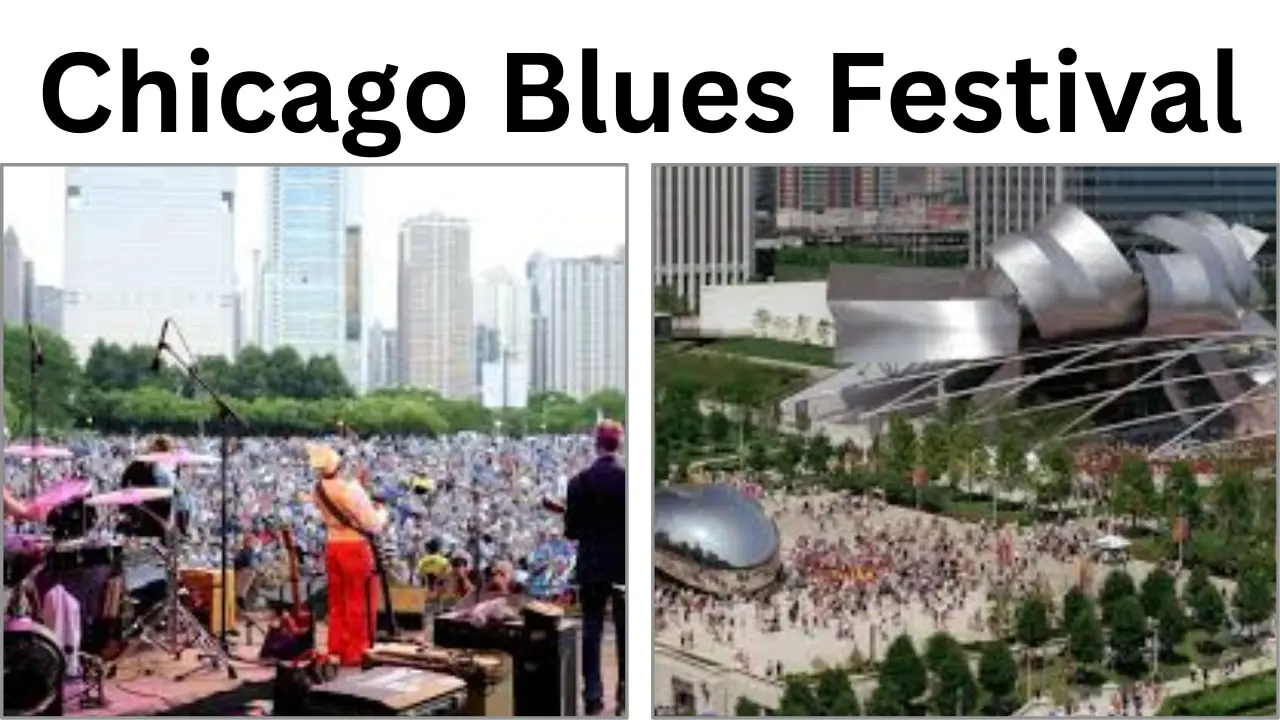
The Chicago Blues Festival is one of the most exciting music events in the world, bringing together legendary blues artists and fresh new talent for four unforgettable days in the heart of Chicago. Known for its free admission and welcoming atmosphere, the festival attracts visitors from across the globe who come to experience the city’s deep musical heritage. Just as the Ohana Festival blends great music with a strong sense of community on the West Coast, this Festival offers a similar spirit in the Midwest uniting people through timeless songs, soulful performances, and a shared love of live music.
What Type of Festival
The Chicago Blues Festival is a big music festival that celebrates blues music. It is the largest free blues festival in the world, and it brings famous blues singers and new artists to the stage. The event happens outside, mostly at Millennium Park, and anyone can come without buying a ticket. People gather to enjoy live music, tasty food, and a fun community atmosphere. The goal is to keep Chicago’s blues history alive and share it with everyone.
Locations
The festival takes place at multiple venues across Chicago, giving visitors a mix of large outdoor concerts and intimate indoor performances. The main stage is in Millennium Park, which offers both seating and open lawn space with the city skyline as a backdrop. The festival also includes the historic Maxwell Street for Sunday morning blues and the restored Ramova Theatre for the special opening night.
| Venue | Type | Main Events | Address |
|---|---|---|---|
| Millennium Park | Outdoor Pavilion | Main concerts June 6–8 | 201 E Randolph St, Chicago, IL 60601 |
| Ramova Theatre | Indoor Theater | Opening Night on June 5 | 3520 S Halsted St, Chicago, IL 60609 |
| Maxwell Street Market | Street Market Area | Sunday morning blues on June 8 | 800 S Desplaines St, Chicago, IL 60607 |
Millennium Park is the heart of the Chicago Blues Festival. Its Jay Pritzker Pavilion offers excellent acoustics and beautiful views, making it perfect for big blues performances. With the skyline behind you and the stage in front, it’s one of the most scenic places to hear live music in the city.
Who Organizes this Festival?
This Festival is organized by the City of Chicago’s Department of Cultural Affairs and Special Events. DCASE is responsible for planning the festival, booking artists, managing the schedule, and coordinating with local venues like Millennium Park and Ramova Theatre. They also work with community partners, sponsors, and volunteers to ensure the festival runs smoothly each year.
Motive Behind the Festival
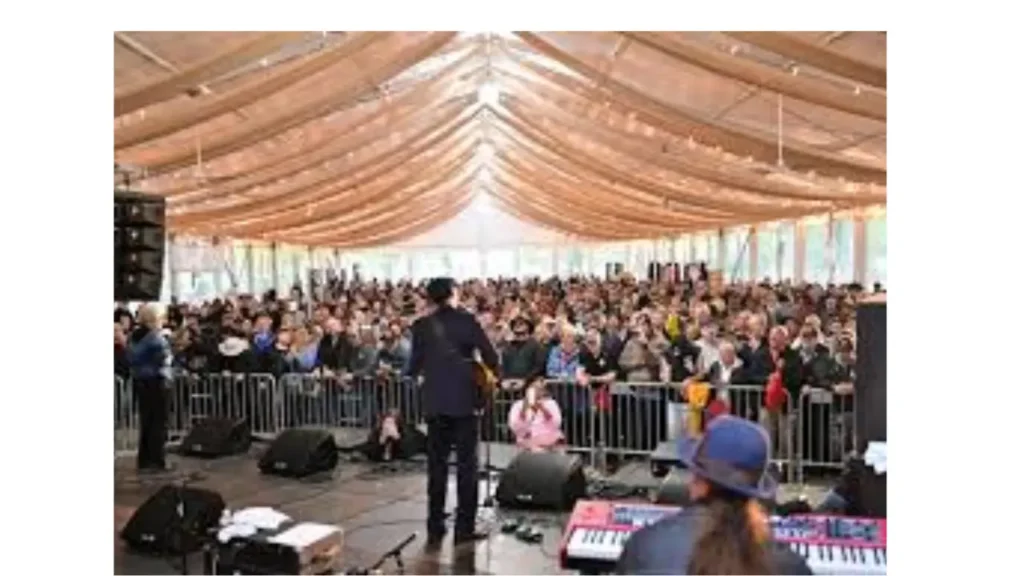
The festival aims to honor Chicago’s blues culture and to share great blues music with everyone. It continues a tradition that began in 1984 to celebrate the legacy of blues artists like Muddy Waters. The event also promotes cultural access and enjoyment, letting families and fans gather under the sun and hear living blues icons perform.
Date and Time
The Chicago Blues Festival ran successfully from June 5 to June 8, 2025. The main shows at Chicago Blues Festival started in the afternoon, with seating at Jay Pritzker Pavilion usually opening around 2:00 pm, and performances running into the evening. The Maxwell Street session on Sunday began in the morning at 10:00 am and continued until 3:00 pm
Where to Get Tickets for Chicago Blues Festival?
You don’t actually need to buy tickets for the Chicago Blues Festival, because the main events at Millennium Park are completely free and open to the public. You can simply arrive at the park, find a good spot on the lawn or in the seating area, and enjoy the music. The only exception is the Opening Night at Ramova Theatre on June 5, which still has free entry but requires you to reserve your spot online in advance.
Attendance at Chicago Blues Festival
The Chicago Blues Festival is expected to welcome tens of thousands of visitors over its four days. Each year, the festival draws music lovers from Chicago, across the U.S., and even overseas, making it one of the city’s largest cultural gatherings. Because admission is free, the audience is diverse families, tourists, and lifelong blues fans all come together. Crowds often fill Millennium Park’s seating and lawn early, especially for evening headliners like Mavis Staples and Christone “Kingfish” Ingram, so arriving ahead of time is a good idea if you want the best view. The welcoming, community driven atmosphere makes the experience as memorable as the music itself.
Chicago Blues Festival Performer
At this Festival, you’ll hear a mix of legendary voices, tribute performances, and dynamic young talent. Mavis Staples brings her soulful presence to close the fest in style. Christone “Kingfish” Ingram showcases his guitar mastery with multiple spotlight sets. Bobby Rush kicks things off with a special concert inside the Ramova Theatre. You’ll also catch a heartfelt B.B. King Centennial Tribute featuring Ingram, D.K. Harrell, and Jonathan Ellison honoring blues history in a big way. Those are just the headliners there’s so much more in store across stages like Pritzker Pavilion, Maxwell Street, and others.
| Day & Venue | Performers |
|---|---|
| Thursday, June 5 — Ramova Theatre | Billy Branch & The Sons of Blues, Bobby Rush |
| Friday, June 6 — Jay Pritzker Pavilion | D.K. Harrell, Dawn Tyler Watson, John Primer with Steve Bell, B.B. King Centennial Tribute featuring Christone “Kingfish” Ingram, D.K. Harrell, Jonathan Ellison |
| Saturday, June 7 — Jay Pritzker Pavilion | Women in Blues Tribute to Denise LaSalle featuring Nellie “Tiger” Travis, Thornetta Davis, Nora Jean Wallace, Mzz Reese with Jonathan Ellison; Joey J. Saye, Stephen Hull, Harrell “Young Rell” Davenport; Latimore; Christone “Kingfish” Ingram |
| Sunday, June 8 — Jay Pritzker Pavilion | Willie Dixon’s Blues Heaven Foundation 75th Anniversary of Chess Records; C.J. Chenier and The Red Hot Louisiana Band; Lurrie Bell and Frank Catalano; Mavis Staples |
Conclusion
The Chicago Blues Festival is not just a music event it’s a living celebration of Chicago’s soul and blues history. Over four days, the city transforms into a stage where legendary artists and fresh talents share their passion with thousands of fans. Much like the Besame Mucho Festival, which blends multiple genres to create a rich cultural experience, this Festival unites people through the universal language of music.
